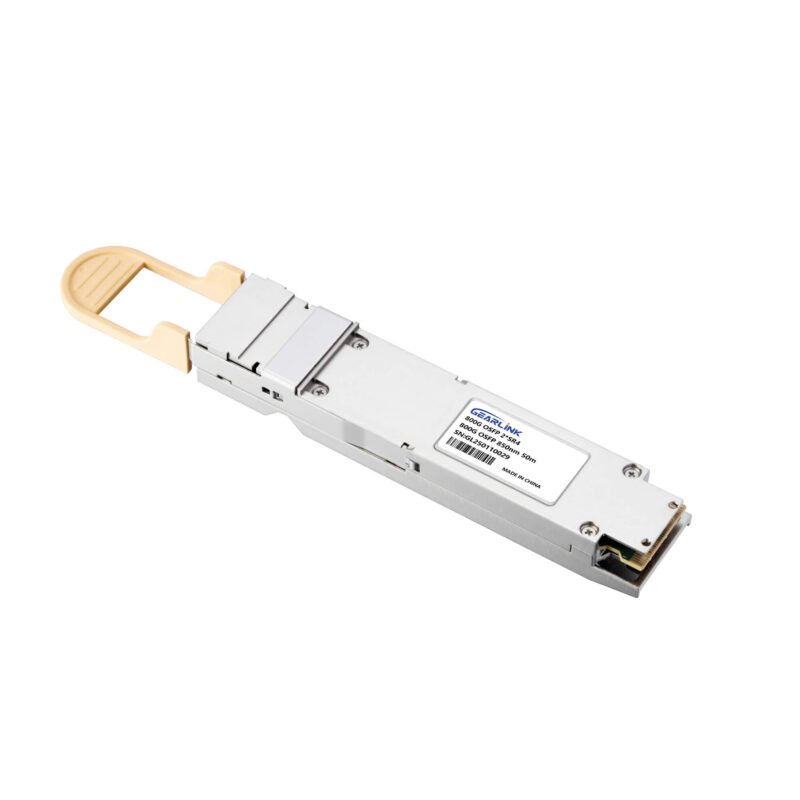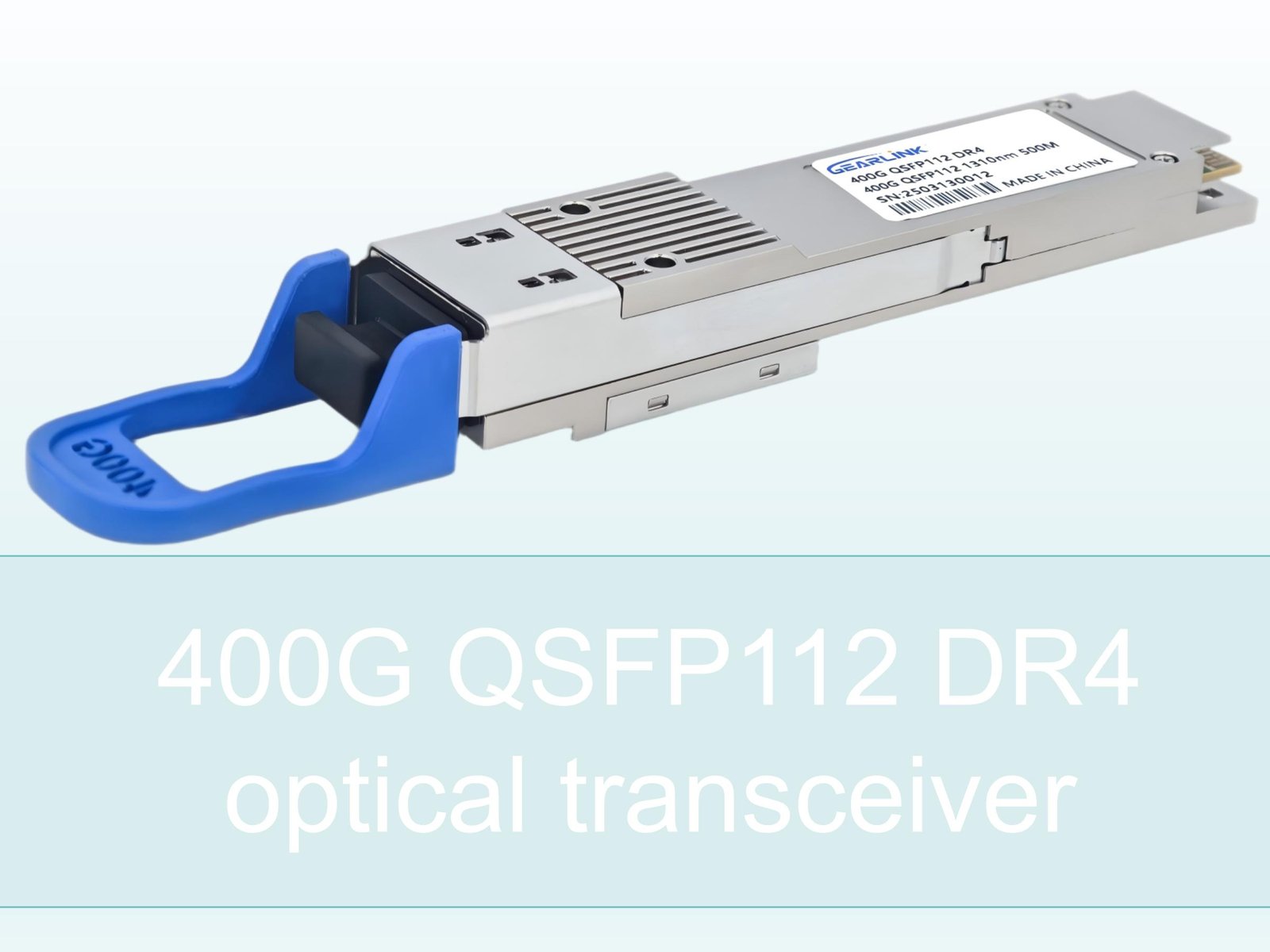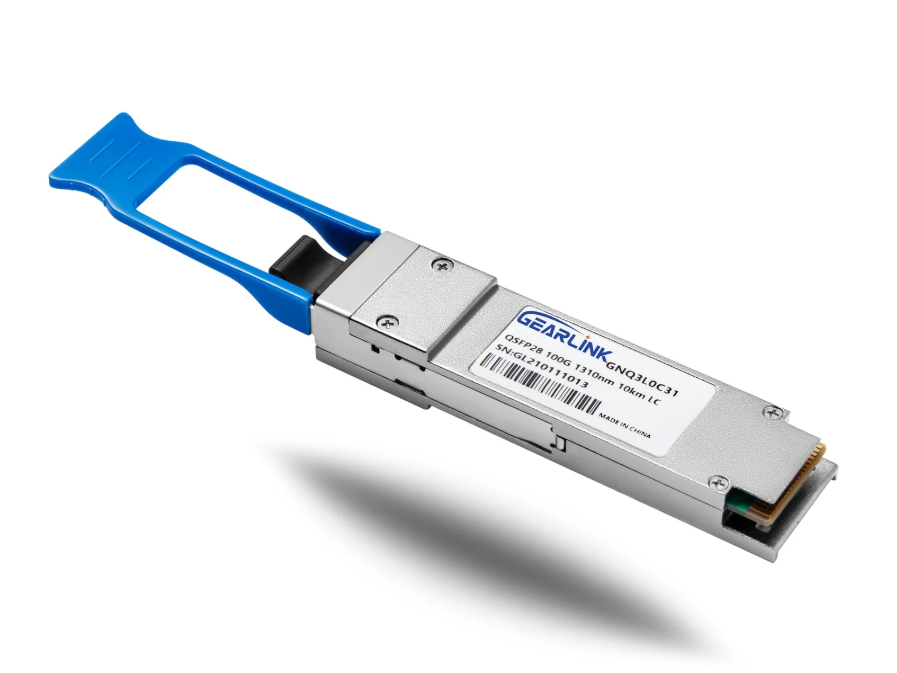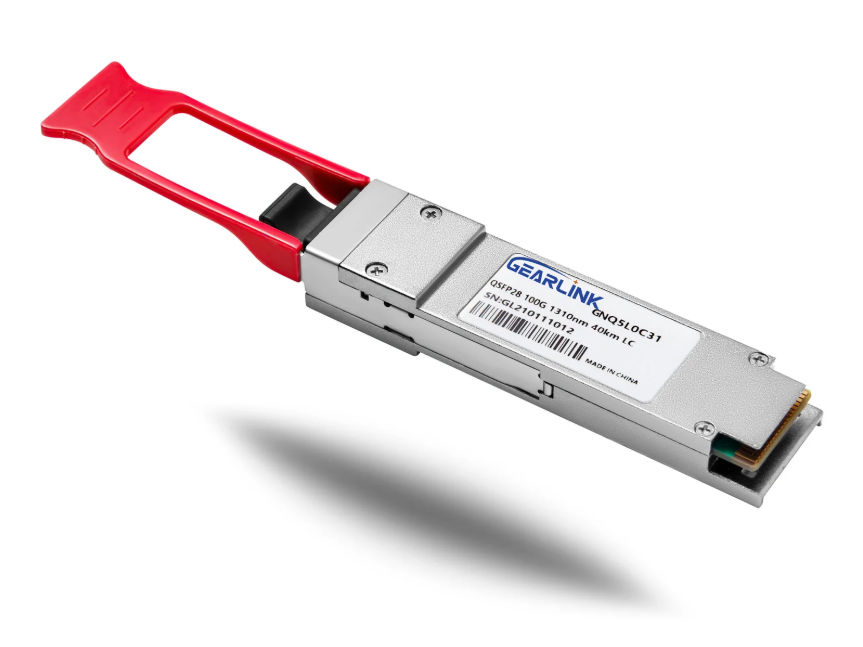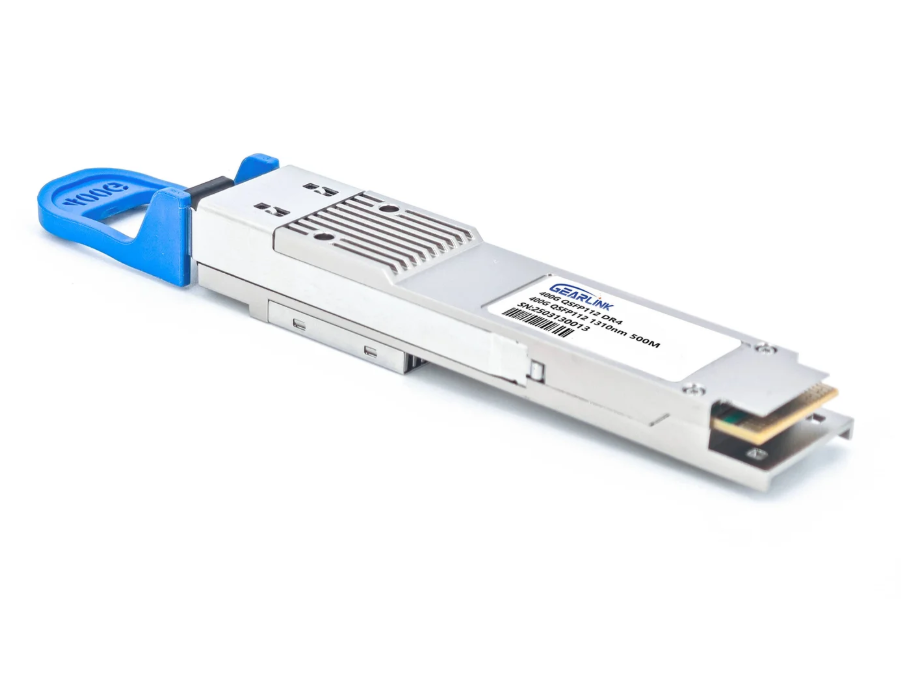The relentless growth of data, driven by artificial intelligence (AI), machine learning (ML), high-performance computing (HPC), and cloud services, has created an urgent need for network infrastructure that can keep pace. The traditional 400G standard, once the pinnacle of high-speed connectivity, is now being pushed to its limits. This is where the 800G OSFP SR8 optical module enters the picture. This advanced transceiver is not just an incremental upgrade; it represents a fundamental shift in how we build and scale modern data centers. It’s a critical piece of technology for any network professional or data center manager aiming to future-proof their infrastructure. But what makes the 800G OSFP SR8 so special, and why is it now an essential component for high-speed, short-reach interconnections? This article will delve into the core technical aspects and compelling applications of this next-generation optical solution, providing a comprehensive guide for those looking to understand its value and strategic importance.
The Core Technology Behind the 800G OSFP SR8
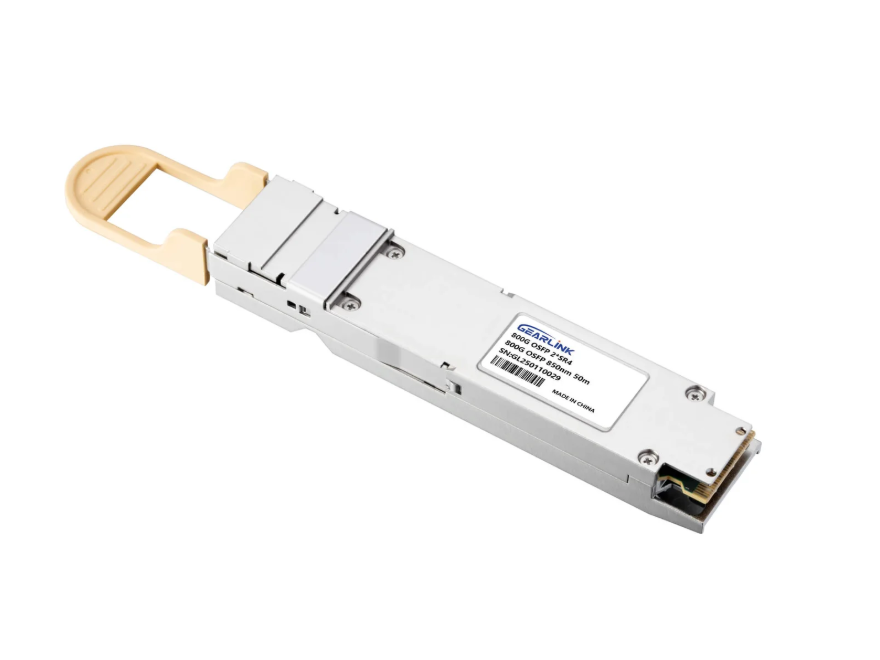
At its heart, the 800G OSFP SR8 is a marvel of optical engineering. The “800G” denotes its massive data transmission rate of 800 gigabits per second, a significant leap from the 400G modules that preceded it. The “OSFP” refers to its Octal Small Form-factor Pluggable form factor. This compact, hot-pluggable design is crucial because it allows for high port density on network switches, which is paramount in space-constrained data centers. The “SR8” signifies “Short Reach” and indicates that the module uses eight parallel optical lanes, each operating at 100 Gbps, to achieve the total 800G bandwidth. This is particularly effective for short-distance connections over multimode fiber (MMF), typically up to 100 meters, which are abundant within data center clusters.
A key technological enabler for this high-speed performance is Pulse Amplitude Modulation 4-Level (PAM4) signaling. Unlike the older Non-Return-to-Zero (NRZ) modulation, which uses two signal levels to represent a single bit (0 or 1), PAM4 employs four signal levels to encode two bits per symbol. This doubles the data rate without increasing the signal’s baud rate, a remarkable achievement that allows for greater bandwidth efficiency. For the 800G OSFP SR8 module, this means each of its eight lanes can transmit data at 100G (50 Gbps baud with PAM4), culminating in a total of 800G. This approach, combined with the use of 850nm Vertical-Cavity Surface-Emitting Lasers (VCSELs), offers a highly efficient and cost-effective solution for short-reach applications, which constitute the majority of data center links.
Additionally, the OSFP form factor itself is designed with thermal management in mind. Given the high power consumption and heat generation associated with such high data rates, the OSFP’s larger physical size compared to other form factors like QSFP-DD provides superior thermal dissipation. This is a non-trivial advantage, as effective cooling is essential for maintaining the long-term reliability and performance of high-speed optical modules and the switches they are plugged into.
The 800G OSFP SR8 in a High-Performance Ecosystem
800G OSFP SR8-800GBASE 2 x SR4/SR8 OSFP PAM4 850nm 50m DOM Dual MPO-12/APC MMF InfiniBand NDR Optical Transceiver Module
Price range: NT$539 through NT$808
The rise of the 800G OSFP SR8 is inextricably linked to the evolving architecture of modern data centers. The traditional three-tier network architecture—core, aggregation, and access—is giving way to a more flattened, “leaf-spine” topology. This architecture, optimized for east-west traffic (server-to-server communication), requires ultra-high bandwidth and low-latency interconnections between the leaf and spine layers. The 800G OSFP SR8 is the ideal solution for these high-speed links, providing the massive throughput needed to prevent network bottlenecks.
In the context of AI and HPC, the 800G OSFP SR8 becomes even more critical. Training large AI models or running complex scientific simulations requires massive amounts of data to be processed and moved between thousands of GPU servers and storage nodes. A single GPU cluster can generate immense network traffic, and any latency or bandwidth limitation can significantly prolong training times and reduce computational efficiency. The low latency and high throughput of the 800G OSFP SR8 ensure that data flows seamlessly and without delay, enabling AI clusters to operate at their full potential. The VCSEL technology used in the module is inherently optimized for low latency, which is a key requirement for time-sensitive applications like distributed AI training.
Moreover, the 800G OSFP SR8 module is integral to the broader adoption of a new class of high-speed switches and Network Interface Cards (NICs). As switch ASICs transition to 25.6T and 51.2T capacities, they require an equally powerful optical ecosystem to support their port densities. The OSFP form factor, with its ability to support eight 100G lanes, aligns perfectly with these next-generation switch architectures, allowing for flexible and scalable network designs. The seamless integration of these high-speed components forms a cohesive, high-performance network fabric that can handle the most demanding workloads.
The Strategic Value of Adopting 800G OSFP SR8
For any organization building or upgrading its data center, the decision to invest in 800G OSFP SR8 modules is a strategic one that offers significant long-term benefits.
First and foremost is the benefit of scalability. The modular nature of optical transceivers allows for a “pay-as-you-grow” model. By deploying switches with 800G OSFP ports, a data center can start with a certain level of connectivity and easily add more modules as bandwidth demands increase. This approach avoids the need for a complete network overhaul every few years, protecting a company’s investment and providing a clear path to future growth. This kind of flexibility is essential in an industry where technology evolves at a breakneck pace.
Secondly, the power efficiency of the 800G OSFP SR8 is a major consideration. While these modules are powerful, they are designed to be as energy-efficient as possible. The OSFP form factor’s thermal design helps manage heat effectively, which reduces the load on a data center’s cooling systems. For large-scale deployments, the cumulative energy savings can be substantial, leading to lower operational costs and a smaller carbon footprint. The ongoing push for green data centers makes power efficiency a key performance indicator, and 800G modules are an important step in that direction.
Finally, the reliability and interoperability of these modules are paramount. The 800G OSFP SR8 is built on established industry standards, ensuring that modules from different manufacturers can work together seamlessly. This level of interoperability provides data center operators with flexibility in their supply chains and reduces the risk of vendor lock-in. Furthermore, rigorous testing and quality control during the manufacturing process ensure that these transceivers deliver stable and reliable performance in a wide range of operating conditions.
The transition to 800G OSFP SR8 is not merely about achieving higher speeds; it’s about building a robust, scalable, and energy-efficient foundation for the next generation of computing. As AI and HPC continue to reshape our digital world, the demand for high-speed, low-latency connectivity will only intensify. The 800G OSFP SR8 is a powerful and practical solution, paving the way for a new era of data-driven innovation and network performance.
FAQ
What is the primary difference between 800G OSFP SR8 and other 800G optical modules?
The primary distinction lies in the form factor and the intended application. The 800G OSFP SR8 uses the OSFP form factor and is designed for short-reach, multi-mode fiber connections, typically up to 100 meters. Other 800G modules, such as those with the QSFP-DD form factor or with different “SR” or “DR” specifications, are designed for different distances, fiber types, and link configurations.
Can I use the 800G OSFP SR8 for long-distance connections?
No, the “SR” in SR8 stands for “Short Reach.” This module is specifically designed and optimized for short-distance interconnections within a data center, typically up to 100 meters over multimode fiber. For longer distances, you would need to use different types of 800G modules, such as those with “DR” or “LR” specifications, which are designed for single-mode fiber.
Why is the OSFP form factor preferred for 800G?
The OSFP form factor’s larger size provides better thermal management and power handling capabilities, which are essential for high-speed 800G modules. This improved heat dissipation ensures greater reliability and allows the module to operate effectively in high-density environments, a key requirement for modern data centers.
